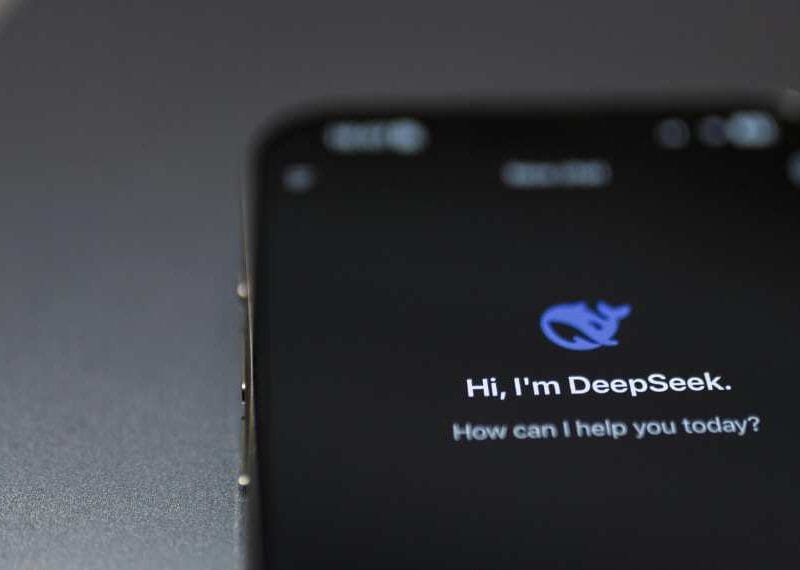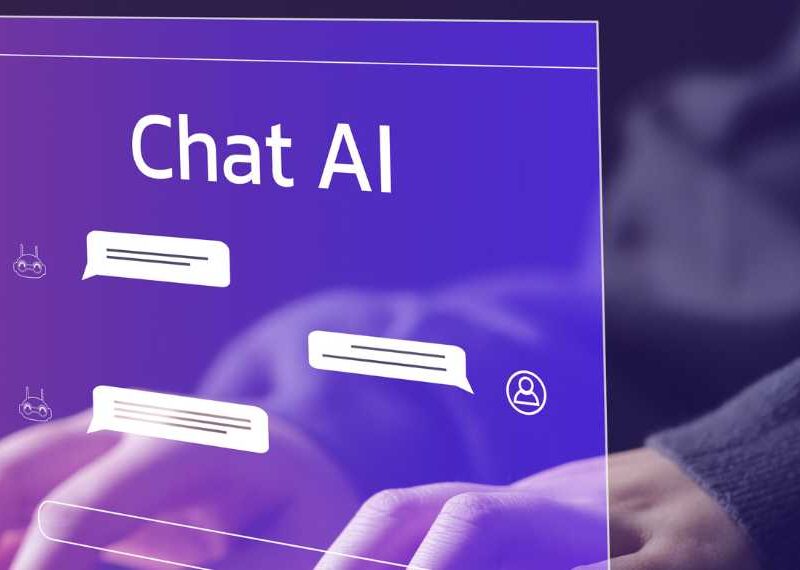The Stabilization Curve: What KPIs Will Define the Post-Upheaval AI Era?
As AI reshapes the tech industry, identifying when its integration stabilizes is crucial for sustained growth.
This Techronicler article compiles insights from business leaders, thought leaders, and tech professionals on key indicators of full AI adaptation.
Experts highlight stable job roles where AI augments rather than replaces, predictable ROI from AI tools, and widespread trust in AI-driven decisions. They emphasize workforce shifts toward strategic, problem-solving roles, standardized governance, and seamless integration of AI as routine infrastructure.
When AI becomes a trusted, invisible part of operations—like plumbing or financial forecasts—and innovation drives investment over disruption, the tech workforce and markets will have moved beyond upheaval into a new era of stability.
Read on!
Stable Jobs and Predictable ROI Mark AI Integration
We’ll know the tech workforce and markets have fully adapted to AI when the disruption starts to feel like business as usual.
One clear sign is that job roles are stabilizing, with AI augmenting work rather than constantly replacing people, and training programs consistently producing talent ready for these hybrid roles.
Another is when productivity gains and ROI from AI become predictable, so companies can implement new tools without constant trial-and-error.
Standardized governance, ethical frameworks, and clear compliance rules will show that AI is being used responsibly. Investment patterns will reflect confidence, with funding shifting toward innovation rather than addressing the chaos caused by AI experimentation.

Georgi Todorov
Founder, Create & Grow
Problem-Solving Roles Replace Process Work in AI Era
When we see a clear shift in workforce composition from process-oriented roles to problem-solving positions that focus on judgment, ethical oversight, and complex decision-making, we’ll know the tech industry has adapted to AI integration.
Another key indicator will be when organizations successfully implement upskilling programs tied to visible outcomes and appropriate compensation rather than treating AI adaptation as additional unpaid work.
These transitions will signal that we’ve moved from reaction mode to strategic implementation, allowing the industry to stabilize and focus on innovation rather than disruption management.

Thomas Faulkner
Founder & Principal Consultant, Faulkner HR Solutions
AI Succeeds When It Becomes Invisible Infrastructure
You’ll know we’ve truly adapted to AI when it stops feeling like a headline and starts looking like infrastructure.
When job titles stop adding “AI” to everything, because it’s just expected that everyone knows how to work with automation. When investors focus on proven business models and sustainable AI-driven revenue. And when regulations stop being unclear and instead provide the structure we can all build on.
That’s when AI isn’t the “big disruption” anymore; cause it’s already the way business runs.

Manoj Kumar
Founder & CEO, HypeTribe
Teams Shift to Strategic Work as AI Handles Calculations
A key indicator that the tech industry has fully adapted to AI will be when we see widespread role transformation across organizations, with teams shifting from routine tasks to higher-value strategic work.
At my company, we’re implementing AI to handle thousands of financial simulations for our projects, which allows our analysts to focus on investment strategy rather than basic calculations. This transition from employees performing repetitive tasks to focusing on strategic decision-making will signal that organizations have effectively integrated AI into their operational models.

Casey Ryan
Founder, We Buy Any Vegas House
AI Matures When It Works Like Essential Plumbing
I’ll know the tech world has really settled into AI when I see it treated less like a shiny new tool and more like plumbing–just part of how work gets done.
In real estate, for example, once AI helps with pricing, paperwork, or marketing without people second-guessing it, that’s a sign adoption has matured.
When productivity gains feel ordinary and employees stop asking ‘if’ they should trust AI and instead focus on ‘how’ to use it better, that’s when the upheaval is behind us.
AI Success: When Its Predictions Drive Investment Decisions
In my business of property acquisitions and investment, I’ll know AI has truly settled in when its predictions become bankable.
When an AI can analyze a potential property flip and forecast its ROI with such accuracy that my funding partners and I treat it as a primary factor in our decisions, that’s the stability point.
It’s when AI moves from an interesting data tool to a trusted financial instrument that directly drives our investment strategy.

Erik Daley
Founder & Co-Owner, Highest Offer
Business Realities Replace Technology as Decision Bottleneck
I think we’ll know AI has fully settled in when decisions are slowed down less by the technology and more by normal business realities.
In real estate, for example, once lenders, buyers, and sellers all start trusting AI-based valuations or market forecasts as much as an appraisal or a credit check, that’s the signal stability has arrived.
It’s when AI stops being the experiment and becomes the baseline that we can say the turbulence phase is over.

Chris Mignone
Co-Founder, Madison County House Buyers
AI Wins When Local Risk Data Becomes Transaction Standard
In our firm, we’ll recognize AI integration is complete when hyperlocal factors like hurricane vulnerability and flood data become automated, trusted inputs for every transaction.
For example, when buyers automatically adjust their offers via AI that predicts storm damage costs and sellers accept without question, that’s when the technology has moved from disruptive to dependable.
The workforce disruption ends once AI becomes the invisible co-pilot in our daily decision-making, as routine as checking the tide charts.

Ryan Hall
Founder & President, Coastal NC Cash Offer
Clients Casually Trust AI Like Good Inspection Reports
In real estate, we’ll know AI has transitioned from chaos to stability when clients stop feeling overwhelmed by it and start casually mentioning how AI tools helped them make smarter choices.
For instance, once homebuyers regularly come to us saying ‘Your AI analyzer accurately flagged neighborhood risks I hadn’t considered,’ that’s when the tech faded into the background–trusted like a good inspection report.

Damien Baden
Realtor, Realty Done
On behalf of the Techronicler community of readers, we thank these leaders and experts for taking the time to share valuable insights that stem from years of experience and in-depth expertise in their respective niches.
If you wish to showcase your experience and expertise, participate in industry-leading discussions, and add visibility and impact to your personal brand and business, get in touch with the Techronicler team to feature in our fast-growing publication.












